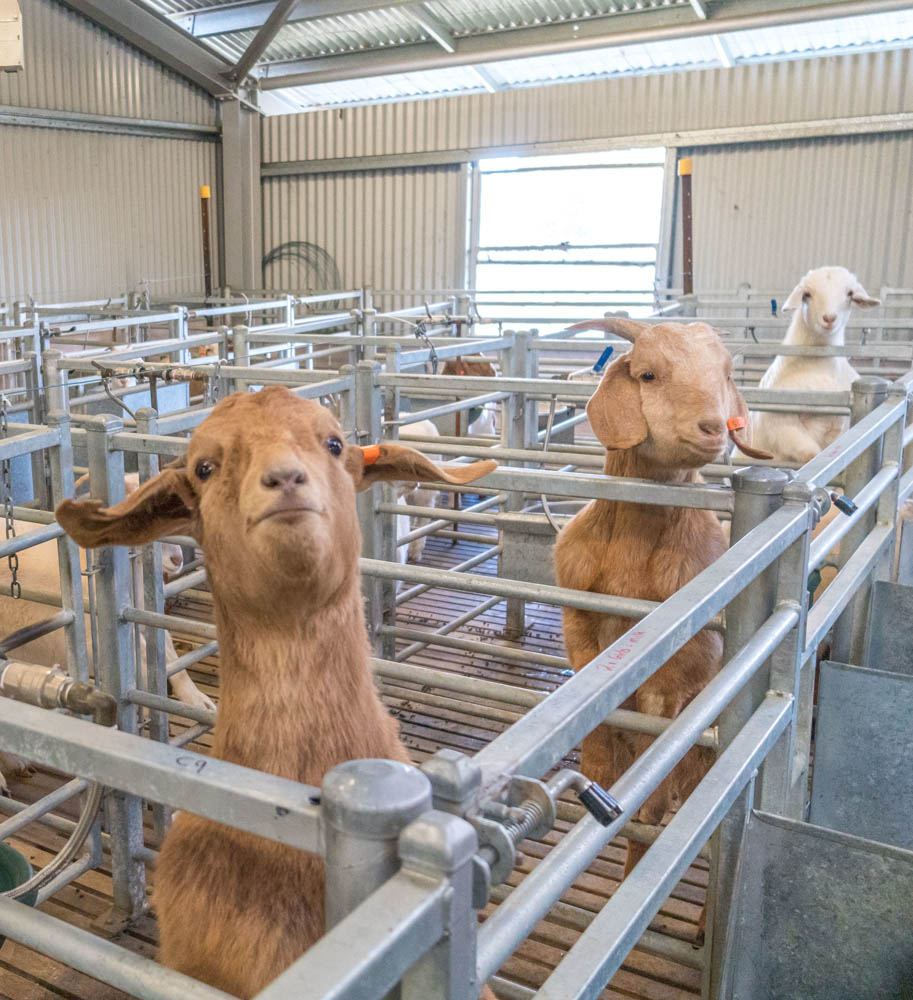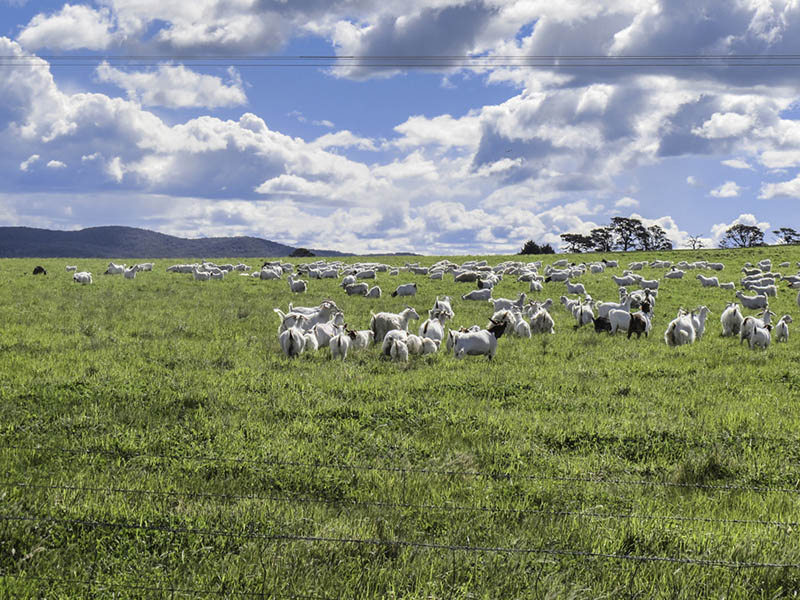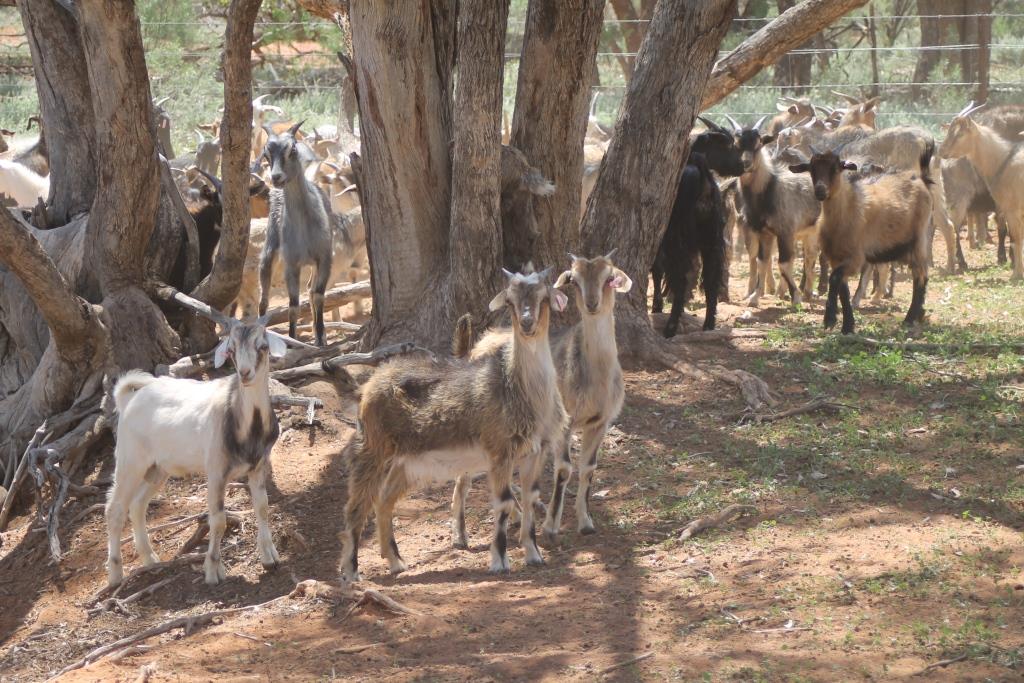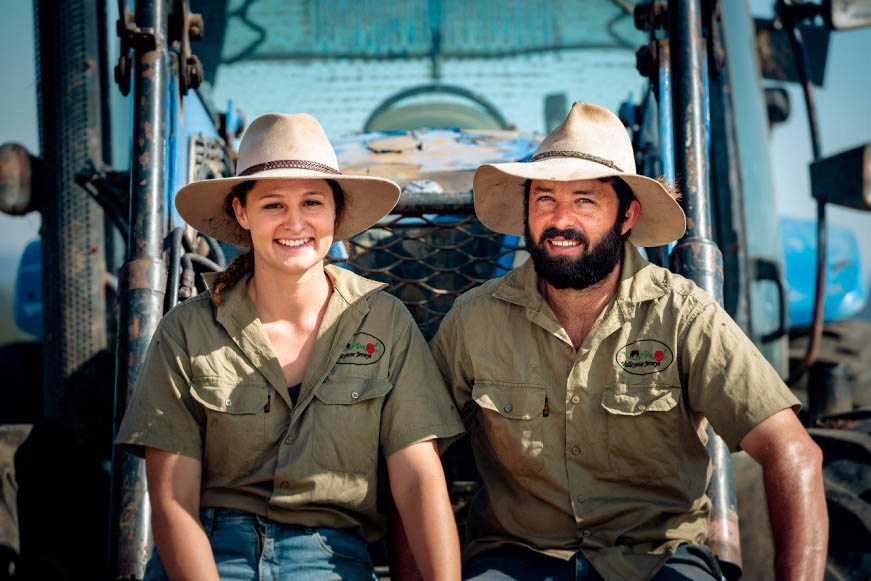- Output fell to $8.1 million with lower prices and lower goat meat production.
- Australian goat slaughter was the lowest since 2007-08.
- Rangeland goat populations have recovered since the end of the drought.
Production
NSW has the largest rangeland goat population in Australia, but the main processors of goats are in Victoria and Queensland. Over the past three years, NSW contributed nearly 70% of the goats that were processed in Australia.

One indication of restocking by producers is carcase weights. The average carcase weight has increased to 16.6kg, a record high. As producers keep lighter kids and does to grow out, a higher share of heavier bucks are sold to processors, increasing the average carcase weight. The only other time carcase weights were above 16kgs was between 2010 and 2012. Kid slaughter in early 2021 was reported to be 36% down on the March quarter 2020. 164
In terms of supply, New South Wales provides most of the goats for processing. Cobar, Bourke and Wilcannia were the regions that supplied the largest number of goats to processors in 2021.
NSW supplied 686,000 goats to Australian processors in 2020-21, accounting for nearly 70% of national supply. 144 NSW is a key supplier of goats to Victoria, Queensland and South Australian processors.
Following the drought, goat numbers in NSW have increased in 2020 and 2021. From a low of 2.4 million head in 2018, the estimated population has rebounded significantly to 6.8 million in 2021. As females can commonly produce twins and triplets, the rangeland population has been able to quickly recover.
Price
Goat Prices are closely tied to Lamb and Mutton Prices
- Goat
- Lamb
- Mutton
Goat Prices Outperformed Lamb and Mutton in 2020-21
- Goat
- Lamb
- Mutton
Trade
Australian exports to the United States were 9,045 tonnes, or $101.6 million. By volume, exports to the US were down 31% over the previous year. Demand from the US still underpins Australian goatmeat exports, as it accounted for 64% of exports in 2020-21. South Korea overtook Taiwan as the next largest export destination, with a value of $19.7 million, up 33%. Goatmeat exports to Taiwan were $14.0 million, down 18%.
NSW and Australia did not import any goatmeat in 2019-20.
Outlook
Meat and Livestock Australia is working to promote the industry, help producers to improve goat genetics and to develop value-added products such as beauty creams. 157





